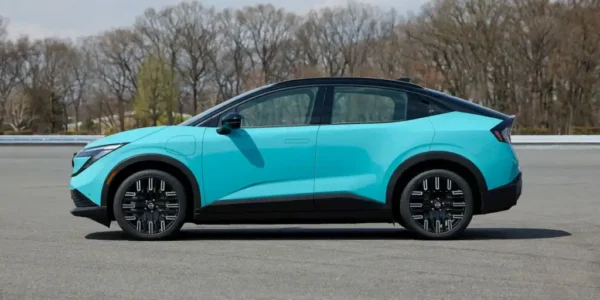Understanding Nissan’s Current Production Strategy
Nissan has made headlines recently by scaling back production plans for the highly anticipated New Leaf, which is set to debut later this year. As the company scrambles to turn things around amid significant market pressures, this move could potentially complicate Nissan’s broader recovery plan.

The Challenges of Launching the New Leaf
The New Leaf is touted as a critical component in Nissan’s strategy for revitalizing its market presence. Unfortunately, a shortage of rare earth minerals—exacerbated by China’s new export restrictions—has led Nissan to announce production cuts. These adjustments come as part of a response to the current demands for electric vehicles (EVs), especially in key markets like the US.
The Wider Implications of Delayed Production
Nissan’s recent announcements also include plans to reduce its workforce by approximately 15% and close seven plants to streamline operations. In addition to cutting back on the New Leaf, Nissan is delaying the production of other EV models at its Canton, Mississippi facility. The timeline shifts due to a slowdown in EV demand, particularly following changes in federal tax credit policies. As per Nissan spokesperson Kyle Bazemore, this realignment is strategic yet may risk further loss of market traction against competitors like BYD.
Looking ahead, the New Leaf is expected to deliver significant enhancements in range, style, and charging capabilities, making it essential for Nissan’s comeback in the EV landscape. However, if production delays continue, the question remains: How many New Leafs can Nissan realistically produce?

